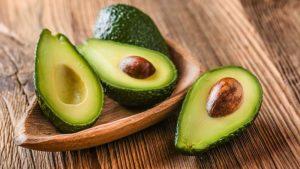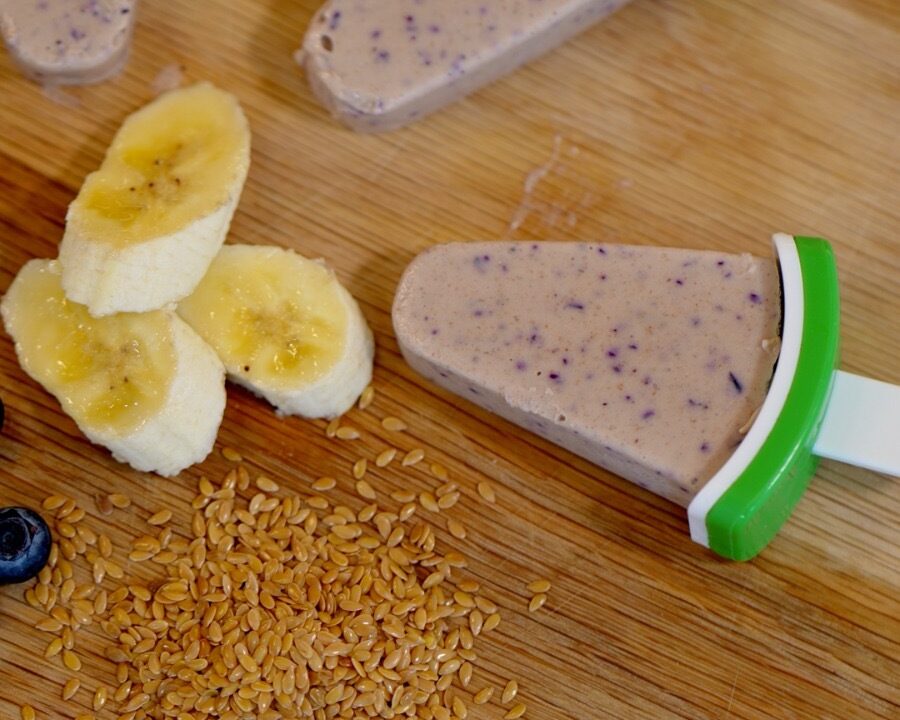Fat-free and sugar-free diet fads are losing steam as more and more people wake up to the importance and benefits of integrating healthy fats into their diets.
While a fat-free diet was once thought to be an effective weight-loss method, diets such as the Mediterranean diet and the Keto diet have grown in popularity.
“We actually need fats — can’t live without them, in fact,” reads WebMD.
“They provide essential fatty acids, keep our skin soft, deliver fat-soluble vitamins, and are a great source of energizing fuel. But it’s easy to get confused about good fats vs. bad fats, how much fat we should eat, how to avoid artery-clogging trans fats and the role omega-3 fatty acids play in heart health.
The U.S. Department of Agriculture’s 2005 Dietary Guidelines recommends that adults get 20%-35% of their calories from fats. At a minimum, we need at least 10% of our calories to come from fat,” reads the article.
In a recent interview with Mind Body Green, Cate Shanahan, M.D., shared what she views as the easiest way to know if something is a “healthy fat.”
“If we’re talking about fat that’s a whole food, that’s good,” she explained. “That’s natural fat, and human beings have been consuming it since there were human beings.”
So the real key? Whole-food-based fats. Yep, when it comes to healthy fats, it’s not that different from defining healthy foods: The closer something is to its natural form, the healthier it is, wrote Mind Body Green.
Read more about the different types of fats, which to avoid, and which to add to your diet, here.




